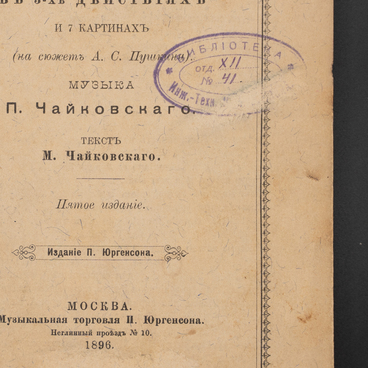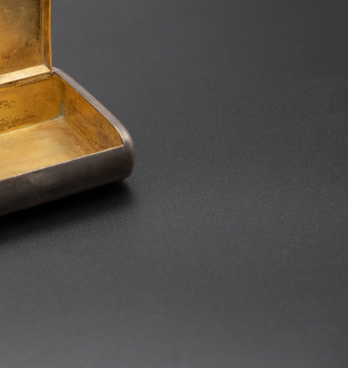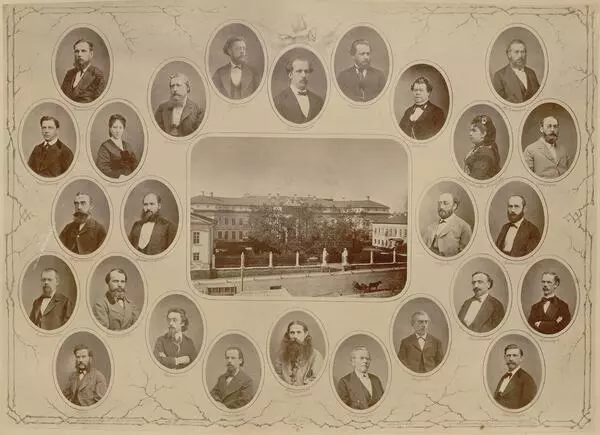The German cellist and music teacher Wilhelm Karl Friedrich Fitzenhagen worked in Russia. He was born in Seesen where his father worked as a conductor of the city orchestra. From the age of five he began to study piano, from eight — cello, from eleven — violin, as well as wind instruments. At the age of 14, Fitzenhagen performed for the first time as a solo cellist.
In 1868, he was admitted to the Dresden Court Chapel and began to actively perform as a soloist. In 1870, he received invitations from two of the greatest musicians of the time at once: from Franz Liszt to work in German Weimar and from Nikolay Rubinstein — to come to Moscow. The cellist accepted Rubinstein’s offer and became a professor of the cello class at the Moscow Conservatory.
Wilhelm Fitzenhagen lived in Russia all his life and gained fame as an outstanding cellist and talented teacher. Among his students was the cellist, professor of the Moscow Conservatory Anatoly Brandukov. Fitzenhagen and Brandukov became successful promoters of Tchaikovsky’s cello works.
Tchaikovsky raised Fitzenhagen’s artistic prestige by dedicating to him the “Variations on a Rococo Theme”. He also commissioned him to perform the composition for the first time in November 1877 at the III Concert of the Moscow Branch of the Russian Musical Society, with Nikolay Rubinstein conducting. However, Fitzenhagen made a number of changes to the cello part and the overall structure of the piece. As a result, two editions have been preserved: one with Fitzenhagen’s changes and the original author’s version. Presently, Tchaikovsky’s version has been restored. It includes an introduction, a theme (it reflects the peculiarities of 18th-century music, to which the composition owes its title), eight variations, of which the most detailed is the last one, and a coda.
Shortly before the serious illness that prematurely struck the cellist, a new facet of his performing art was revealed — conducting. Fitzenhagen’s fame allowed the Moscow Music Club, consisting of amateurs, to invite him to the position of orchestra conductor.


